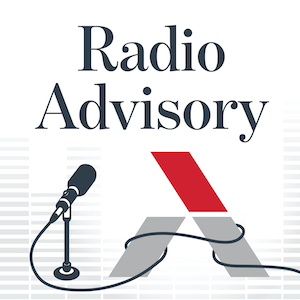In a study of more than 80,000 physicians, researchers estimated that female physicians make roughly 25% less than their male colleagues, even after adjusting for numerous factors known to influence pay.
The pay gap adds up to $2 million over a 40-year career, the researchers found.
Study details
For the study, published Monday in Health Affairs, researchers analyzed self-reported salary data collected between 2014 and 2019 from Doximity, a professional social network that claims to reach roughly 80% of U.S. physicians.
In their analysis, researchers controlled for several factors that historically influence compensation, including hours worked, clinical revenue, practice type, patient volume, and specialty. If the researchers had not controlled for these variables, "[the] numbers would roughly double," said Christopher Whaley, the lead author of the study and a health economist at the RAND Corporation.
According to the New York Times, the study surveyed more than 80,000 full-time physicians' salaries—making it the largest-ever analysis on physician salaries and the first to estimate the cumulative impact of pay gaps in the industry.
The study did not include data on individuals who identify as nonbinary or transgender, and it did not include race—a factor that prior research has seen play a significant role in physician pay.
Salary information by race "is not systematically recorded really anywhere," Whaley said. "And I think that is an important data limitation."
Key findings
Upon analysis, Whaley said "[they] were able to see that essentially from Year 1 to Year 40 there is a pretty sizable [salary] gap" in the data collected from 2014 to 2019.
Overall, male physicians earned an average of around $8.3 million over the course of a 40-year career, and female physicians earned about $6.2 million—a difference of almost 25%.
According to the study, this gap starts in the first year of practice, with male physicians earning roughly $42,000 more than female physicians on average.
The study found that the salary gap continued to widen throughout the first 10 years of practice, with male physicians earning roughly $90,000 more than female physicians in their 10th year. And while the gap appeared to stabilize after 10 years of practice for the remainder of a physician's career, women never catch up to men, the study found.
Overall, the gender pay gap over the course of a career was the lowest among primary care physicians, at $917,851, and steepest among surgical specialists, at $2,481,622.
The study's authors suggested several ways to mitigate the pay gap, including "[i]ncreased salary transparency, protections via laws such as the Massachusetts Equal Pay Act, and systematic measurement and reporting of gender differences in income by organizations[.]"
'Distressing, yet unsurprising'
According to Snigdha Jain, a pulmonary and critical care physician at the Yale School of Medicine who was not involved in the study, these findings were "distressing, yet unsurprising."
"Women physicians, who are in the prime of their reproductive years when they start practice, experience insufficient maternity leave, inadequate support on return to work, and a disproportionate burden of child care in the subsequent years," Jain added.
Even before the pandemic, the authors said female doctors experienced "a disproportionate burden of domestic and family responsibilities, such as childrearing, or [have faced] fertility challenges including fertility treatment."
Moreover, Whaley said the pay gap has most likely widened since 2019 because the pandemic has heavily impacted women across multiple fields as many were forced to take on additional household responsibilities and child care—which lowered their cumulative career earnings.
"This is probably going to accelerate physician burnout," Whaley said. "And so that's just going to further exacerbate these pay issues." (Ghorayshi, New York Times, 12/6; Cheney, HealthLeaders Media, 12/6; Whaley et al., Health Affairs, 12/6)
Listen to the Radio Advisory episode
Women make up a large portion of the health care industry overall, but generally, few women and women of color end up in senior leadership positions. In this episode of Radio Advisory, Rae sits down with Erickajoy Daniels, SVP and chief diversity equity and inclusion officer at Advocate Aurora, to discuss how organizations can solve that problem through robust programs, deeply embedded strategies, and an organization-wide commitment to purpose.
Don't miss out on the latest Advisory Board insights
Create your free account to access 2 resources each month, including the latest research and webinars.
Want access without creating an account?
You have 2 free members-only resources remaining this month remaining this month.
1 free members-only resources remaining this month
1 free members-only resources remaining this month
You've reached your limit of free monthly insights
Become a member to access all of Advisory Board's resources, events, and experts
Never miss out on the latest innovative health care content tailored to you.
Benefits include:
You've reached your limit of free monthly insights


